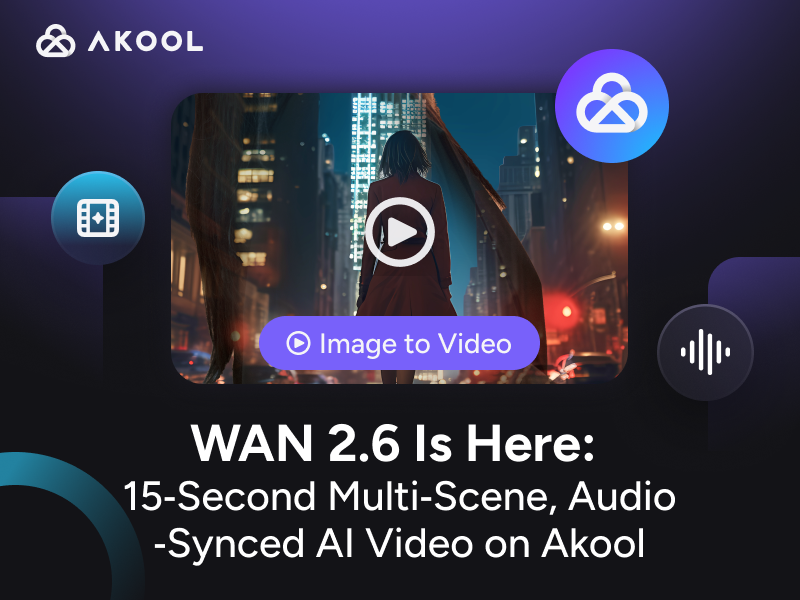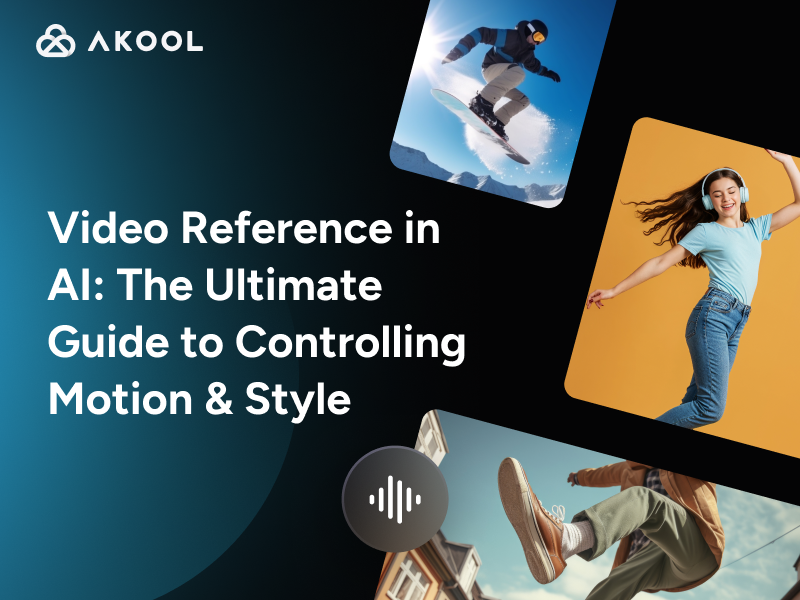Introduction to Attention Mechanism in NMT
Attention Mechanism in Neural Machine Translation (NMT) is a technique that enhances translation accuracy by focusing on relevant parts of the input sequence. It assigns weights to input words, helping the model to prioritize significant information. The formula often used is:
[ \text{Attention}(Q, K, V) = \text{softmax}\left(\frac{QK^T}{\sqrt{d_k}}\right)V ]
This mechanism enables more context-aware translations, improving overall performance. For further understanding of NMT, you can explore these AI tools.
How to Use Attention Mechanism in NMT
Implementing the attention mechanism in Neural Machine Translation (NMT) is crucial for creators and creative agencies aiming to produce high-quality translations. Here’s a concise guide on how to effectively use this powerful technique:
Step-by-Step Implementation
- Define Input Matrices:
- Query (Q): Represents the current state of the decoder.
Key (K) and Value (V): Both are derived from the encoder's output.
Calculate Attention Scores:
- Use the formula: [ \text{Attention}(Q, K, V) = \text{softmax}\left(\frac{QK^T}{\sqrt{d_k}}\right)V ]
- Dot Product: Computes similarity between Q and K.
Scaling Factor (\sqrt{d_k}): Ensures stable gradients by scaling down large scores.
Apply Softmax Function:
Converts attention scores into probabilities, emphasizing the most relevant parts of the input sequence.
Generate Context Vectors:
- Multiply probabilities by the Value (V) to form a context vector, which informs the decoder of the most pertinent information for translating the current word.
Capabilities of Attention Mechanism
- Contextual Awareness: Focuses on different parts of the input sentence as needed, allowing the model to grasp context and nuances.
- Handling Long Sentences: By dynamically adjusting focus, it improves the translation of lengthy and complex sentences. Explore more on how AI tools handle long texts here.
- Enhanced Accuracy: Provides more precise translations by considering the entire sentence structure and meaning.
Useful Tips for Creators
- Tailor Translations: Use attention to maintain cultural nuances in your content.
- Adaptive Learning: Leverage attention mechanisms to refine models based on user feedback, enhancing future translations.
By understanding and implementing these steps, creators and creative agencies can harness the attention mechanism to produce more nuanced and accurate translations, ultimately enriching the global content experience. For more tips, check out this guide on AI tools for creators.
Applications of Attention Mechanism in NMT
Attention Mechanism in Neural Machine Translation (NMT) is pivotal for various industry applications:
Real-Time Translation: Used in apps like global translation tools to provide accurate translations by focusing on relevant parts of the input sentence.
Content Localization: Creative agencies utilize it for tailoring content to different languages, ensuring cultural nuances are preserved. Discover more about content localization here.
Voice Assistants: Enhances the ability of voice-activated devices like popular smart assistants to understand and translate languages accurately.
Subtitle Generation: Streaming services employ it to generate subtitles that align with spoken dialogue, improving viewer experience. Learn more about subtitle generation with AI here.
These applications demonstrate how Attention Mechanism in NMT is not only enhancing translation accuracy but also revolutionizing how global content is created and consumed.
Technical Insight into Attention Mechanism in NMT
Core Functionality
The Attention Mechanism in NMT enhances translation by dynamically weighting input words. This allows the model to focus on relevant parts of the input sequence during translation.
Mathematical Representation
The attention mechanism is mathematically captured by:
[ \text{Attention}(Q, K, V) = \text{softmax}\left(\frac{QK^T}{\sqrt{d_k}}\right)V ]
Where:
- (Q) (Query), (K) (Key), and (V) (Value) represent input matrices.
- (d_k) is the dimensionality of the key vectors.
Weight Assignment
- Softmax Function: Normalizes scores, turning them into probabilities.
- Dot Product: Measures similarity between Query and Key.
- Scaling Factor (\sqrt{d_k}): Prevents large dot product values, stabilizing the gradient during training.
Contextual Translation
By focusing on specific input segments, the attention mechanism provides contextually relevant translations, accommodating nuances in language structure. This context-awareness is crucial for handling complex sentences and maintaining semantic integrity.
Useful Statistics on Attention Mechanism in Neural Machine Translation (NMT)
Understanding the impact and efficiency of attention mechanisms in NMT is critical for developers and creators interested in optimizing translation models. Here are some key statistics that highlight the significance of attention mechanisms:
- Improved BLEU Scores:
Models incorporating attention mechanisms have shown BLEU score improvements of up to 10% compared to their non-attention counterparts. BLEU is a key metric for evaluating translation quality.
Adoption Rate:
As of 2023, over 85% of state-of-the-art NMT models utilize attention mechanisms. This widespread adoption underscores their critical role in machine translation technologies.
Computation Efficiency:
- With advancements in computational strategies, the implementation of attention mechanisms has seen an approximate 40% reduction in processing time, making it feasible for real-time applications. For more on computational efficiency, explore this resource.
These statistics illustrate the transformative impact of attention mechanisms in NMT, providing developers and creative agencies with compelling reasons to incorporate this technique into their translation solutions. By enhancing translation quality and computational efficiency, attention mechanisms enable more accurate and faster translations, essential for global communication and content creation.
Table: Comparison of Attention Mechanism Types
| Attention Type | Calculation Method | Key Feature |
|---|---|---|
| Bahdanau | Additive | Alignment model for better context |
| Luong | Multiplicative | Efficient for real-time applications |
Table: Attention Mechanism Benefits
| Benefit | Description |
|---|---|
| Contextual Awareness | Grasping context and nuances |
| Long Sentence Handling | Improved translation of complex sentences |
| Enhanced Accuracy | More precise translations |
FAQ: Understanding the Attention Mechanism in Neural Machine Translation (NMT)
What is the Attention Mechanism in Neural Machine Translation?
The Attention Mechanism is a critical component in NMT models that allows the system to focus on specific parts of the input sequence when generating translations, improving accuracy and context understanding.
How does the Attention Mechanism improve translation quality in NMT?
By dynamically weighting the relevance of different input words, the Attention Mechanism helps the model to better capture context, handle long sentences, and translate ambiguous or complex phrases more effectively.
Why is the Attention Mechanism important for sequence-to-sequence models in NMT?
Sequence-to-sequence models benefit from the Attention Mechanism as it mitigates the limitations of fixed-length context vectors, allowing the model to access all input tokens directly, which enhances translation performance.
What are the different types of Attention Mechanisms used in NMT?
Common types include Bahdanau Attention and Luong Attention, each with unique methods for computing attention scores and context vectors, impacting translation accuracy and efficiency.
How does the Attention Mechanism handle long sentences in Neural Machine Translation?
The Attention Mechanism allows the model to selectively focus on relevant parts of long sentences, preventing information loss and ensuring that translations maintain context and coherence.
What role does the Attention Mechanism play in Transformer models for NMT?
In Transformer models, the Attention Mechanism, particularly self-attention, is fundamental for processing sequences in parallel, enabling faster and more efficient translation without sacrificing quality.
Can the Attention Mechanism be used for languages with complex grammar in NMT?
Yes, the Attention Mechanism is particularly beneficial for languages with complex grammar, as it helps the model to understand and translate intricate syntactic structures accurately.
How does the Attention Mechanism interact with other components of NMT systems?
The Attention Mechanism works alongside encoders and decoders in NMT systems, enhancing the interaction between input and output sequences, and improving the overall translation process.
For a comprehensive understanding of these concepts, check out related articles on AI tools and machine translation.




